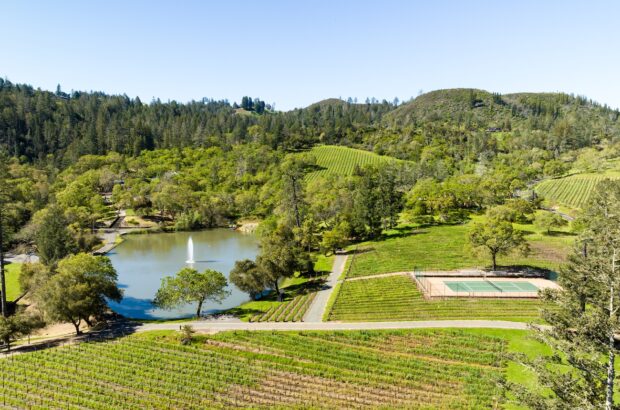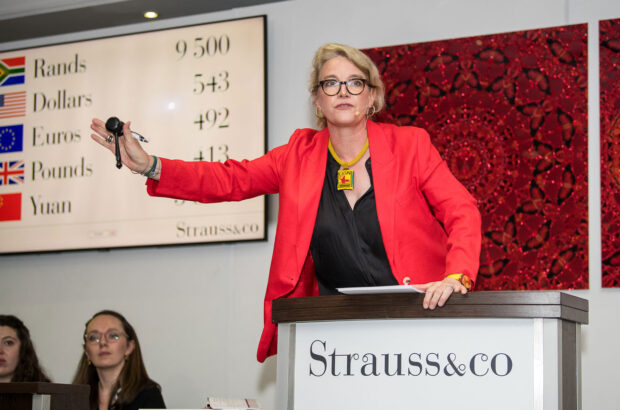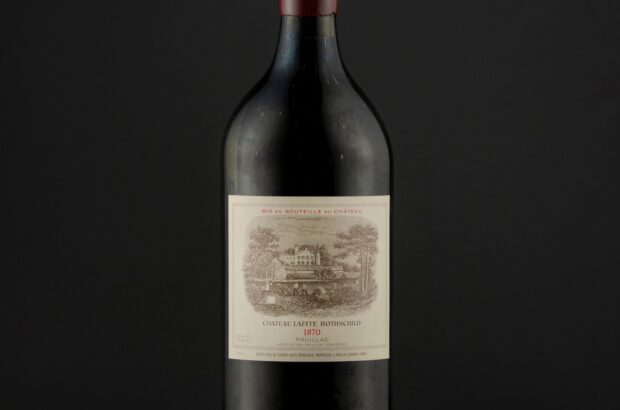Why it makes the Decanter hall of fame...
Wine Legend: Gaja, Barbaresco 2001, Piedmont, Italy
Number of bottles produced 58,000
Composition 100% Nebbiolo
Yield (hl/ha) 33 hl/ha
Alcohol content 14%
Release price €75 a bottle
Auction price today €200-€250 (inc VAT)
A legend because…
Angelo Gaja is universally acknowledged as the man who brought Barbaresco into the modern age, using barriques long before other producers had seen the benefits (even if their use remains controversial to this day). Although this wine is a blend, it is sourced essentially from the same vineyards from which his father would have made the wine in the 1950s and 1960s. 2001 was a very fine vintage, and clearly superior to the 2000, which was itself acclaimed by some as truly exceptional.
Looking back
Born in 1940, Angelo Gaja joined the family firm in 1961. He experimented for a decade before, from 1978, adopting barriques to age his Barbaresco. He also used temperature control to conserve better fruit and balance in his wines. He had planted international varieties in the late 1970s and early 1980s, both to show the potential of the region and to give him access to the US market, which often valued Barolo but ignored Barbaresco. He never saw himself as an iconoclast, but as an artisan seeking to make the best possible wines.
Towards the end of the 1990s, Angelo Gaja took a crucial decision that was far from popular among some fellow producers. Until the mid-1990s, Gaja had produced three single-vineyard (or cru) Barbarescos, as well as a generic bottling. As a modernist who had planted international grapes such as Chardonnay and Cabernet Sauvignon as well as the traditional varieties of Piedmont, he felt frustrated by the law that requires all Barbaresco to be made purely from Nebbiolo. It was his view that his cru wines would be improved by adding a small quantity (5%-6%) of Barbera, thus lending more acidity to the wine. He also felt that because his cru wines were so prized (and expensive), his regular Barbaresco, which he considered excellent, was often overlooked in favour of the more prestigious single-vineyard wines. By declassifying the cru wines to the relatively new Langhe Rosso DOC, he could retain the purity and authenticity of his one remaining Barbaresco.
The vintage
The winter was mild and April dry. Despite a rainy May, flowering took place in good conditions. The summer was mostly dry and hot until mid-September, when cooler conditions and rain slowed ripening. Those who resisted the temptation to pick too early made excellent wines, and many growers preferred 2001 to the highly regarded 1999 and 2000. The wines have power, texture, and elegance without excessive alcohol.
The terroir
Because Gaja’s Barbaresco is a blend from 22 hectares spread over 14 vineyards, it is hard to speak of terroir in relation to this wine. Moreover, there are enormous variations - ‘of elevation, exposition and soil type’ - even within Barbaresco’s single vineyards, making generalisations risky, if not impossible. However, the basic soil type is a clay-limestone marl and the average age of vines used for this wine would have been about 40 years. Broadly speaking, Barbaresco harvests a few days earlier than Barolo, and gives wines with more perfume and finesse and slightly lower alcohol.
The wine
After destemming, the grapes would have been fermented with natural yeasts in steel tanks, with each of the 14 parcels vinified separately. Gaja favours high temperatures at the outset to extract fruit and tannins, before dropping the temperature to permit more gentle extraction. The 14 wines would have been aged, still separately, in barrels for 12 months. After a year the wine would have been blended and then transferred to large oak casks for another year before bottling.
The reaction
US critic Stephen Tanzer applauded the wine’s ‘superb richness of flavour without any undue weight. The wine’s solid acid spine contributes to its impression of structure.’ Robert Parker admired it as ‘a wine of tremendous harmony… It presents a very pretty nose of crushed raspberries, spices, and minerals followed by complex dark cherry, tar, menthol and mineral flavours on a delicate, medium-bodied frame of great length. Objectively speaking, the single-vineyard wines may be more rich and structured, but it is the Barbaresco this year that really speaks to the soul.’
More Wine Legends:

Wine Legend: Meerlust, Rubicon 1995
This ancient property was one of the first in South Africa to offer a high-quality Bordeaux-style blend

Wine Legend: Domaine Rousseau 1993
Though there are other domaines with important holdings in Chambertin, Rousseau is widely regarded as the supreme...

Wine legend: Chateau Montelena 1973

Wine Legend: Dom Pérignon 1975
What makes Dom Pérignon 1975 a wine legend...?

Wine Legend: Château Montrose 1990
What makes Château Montrose 1990 a worthy wine legend...

Wine Legend: Kanonkop Pinotage 1995
Why it makes the Decanter hall of fame...

Wine Legend: Château Palmer 1961
Why it makes the Decanter hall of fame...







